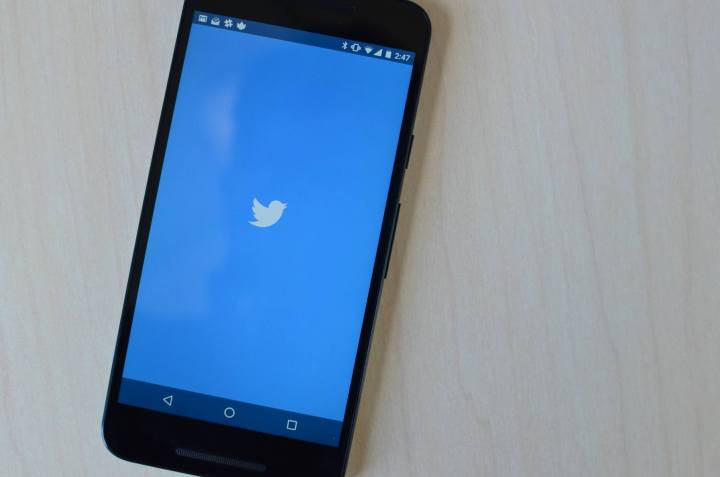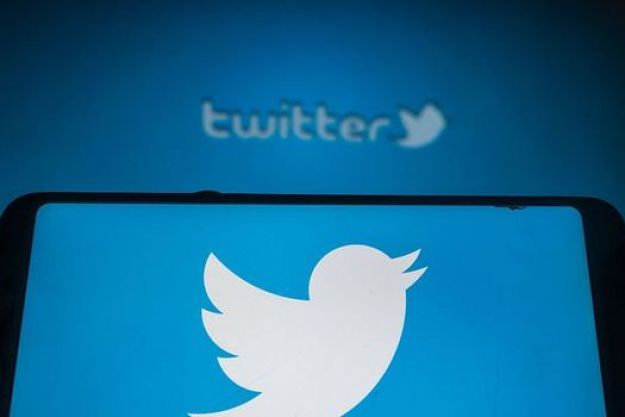
The test involved the removal of usernames in tweet replies. As a result, when somebody responded to a tweet, an @ mention would not appear in their reply. It’s a change that has been in the works since May (when the platform announced a slew of changes to tweets) with Twitter selectively testing it with a handful of users from time to time. By mistakenly rolling it out widely, Twitter may have learned that it’s an update that, in practice, people simply don’t like — even if it helps save precious characters.
In general, it seems the change was met with confusion. Users complained that it looked jarring, and that it resulted in a loss of context when reading longer conversation threads.
It didn’t take long for Twitter to take note of the feedback. The company’s official support account admitted its error on Thursday evening in the form of a tweet: “Today, an experiment around replies accidentally went out to everyone on iOS briefly. Upside, we got helpful feedback — we’re listening!”
Today, an experiment around replies accidentally went out to everyone on iOS briefly. Upside, we got helpful feedback – we’re listening!
— Twitter Support (@Support) December 9, 2016
But apparently, even if they were listening, they weren’t really persuaded to change course. In early January, it was reported that the same handle-less reply feature had begun rolling out to Twitter’s Android app. After all, the change was ultimately meant to make the platform easier to use, and earlier in 2015 Twitter CEO Jack Dorsey said that @ usernames only served to clutter tweets, and confounded new users.
The negative reception brings to mind the backlash that occurred when it was announced Twitter was introducing an optional algorithmic timeline. Twitter must have been aware of the response at the time, but the update was implemented nonetheless. It looks like history will repeat itself in regard to Twitter’s plan to kill @ usernames in replies — whether users like it or not.
Article originally published in December 2015. Updated on 1-4-2017 by Lulu Chang: Added news that the handle-less reply has rolled out to Android users.
Editors' Recommendations
- More status options coming to Twitter, including ‘don’t @ me’
- Elon Musk doubles down on support for this Twitter feature
- Twitter is building two new ways to handle tweet replies
- Elon Musk’s Twitter acquisition just got a noteworthy endorsement
- Jack Dorsey resigns as CEO of Twitter, hands reins to CTO Parag Agrawal


